Narmer was an ancient Egyptian pharaoh of the Early Dynastic Period. He was the successor to the Protodynastic King Ka. Many scholars consider him the unifier of Egypt and founder of the First Dynasty and in turn the first king of a unified Egypt. A majority of Egyptologists believe that Narmer was the same person as Menes.
Narmer’s identity is the subject of ongoing debates, although the dominant opinion among Egyptologists identifies Narmer with the pharaoh Menes, who is renowned in the ancient Egyptian written records as the first king, and the unifier of Ancient Egypt. Narmer’s identification with Menes is based on the Narmer Palette which shows Narmer as the unifier of Egypt and the two necropolis seals from the Umm el-Qa’ab cemetery of Abydos that show him as the first king of the First Dynasty. The date commonly given for the beginning of Narmer’s reign is 3100 BC.
The Narmer Palette
The Narmer Palette, also known as the Great Hierakonpolis Palette or the Palette of Narmer, is a significant Egyptian archeological find, dating from about the 31st century BC, belonging, at least nominally, to the category of cosmetic palettes. It contains some of the earliest hieroglyphic inscriptions ever found. The tablet is thought by some to depict the unification of Upper and Lower Egypt under King Narmer. On one side, the king is depicted with the bulbed White Crown of Upper Egypt, and the other side depicts the king wearing the level Red Crown of Lower Egypt. Along with the Scorpion Macehead and the Narmer Maceheads, also found together in the Main Deposit at Nekhen, the Narmer Palette provides one of the earliest known depictions of an Egyptian king. The Palette shows many of the classic conventions of Ancient Egyptian art, which must already have been formalized by the time of the Palette’s creation. The Egyptologist Bob Brier has referred to the Narmer Palette as “the first historical document in the world”.
The Palette, which has survived five millennia in almost perfect condition, was discovered by British archeologists James E. Quibell and Frederick W. Green, in the Main Deposit in the Temple of Horus at Nekhen. Also found, were the Narmer Macehead and the Scorpion Macehead. The exact place and circumstances of these finds were not recorded very clearly by Quibell and Green. In fact, Green’s report placed the Palette in a different layer one or two yards away from the deposit, which is considered to be more accurate on the basis of the original excavation notes. It has been suggested that these objects were royal donations made to the temple. Nekhen, or Hierakonpolis, was one of four power centers in Upper Egypt that preceded the consolidation of Upper Egypt at the end of the Naqada III period. Hierakonpolis’s religious importance continued long after its political role had declined. Palettes were typically used for grinding cosmetics, but this palette is too large and heavy to have been created for personal use and was probably a ritual or votive object, specifically made for donation to, or use in, a temple. One theory is that it was used to grind cosmetics to adorn the statues of the deities
Description of the Narmer Palette
The Narmer Palette is a 63cm tall, shield-shaped, ceremonial palette, carved from a single piece of flat, soft dark gray-green siltstone. The stone has often been wrongly identified, in the past, as being slate or schist. Slate is layered and prone to flaking, and schist is a metamorphic rock containing large, randomly distributed mineral grains. Both are unlike the finely grained, hard, flake-resistant siltstone, whose source is from a well-attested quarry that has been used since pre-dynastic times. This material was used extensively during the pre-dynastic period for creating such palettes and also was used as a source for Old Kingdom statuary. A statue of the 2nd dynasty Pharaoh Khasekhemwy, found in the same complex as the Narmer Palette at Hierakonpolis, also was made of this material.
Both sides of the Palette are decorated, carved in raised relief. At the top of both sides are the central serekhs bearing the rebus symbols n’r (catfish) and Mr (chisel) inside, being the phonetic representation of Narmer’s name. The serekh on each side are flanked by a pair of bovine heads with highly curved horns, thought to represent the cow goddess Bat. She was the patron deity of the seventh Nome of Upper Egypt and was also the deification of the cosmos within Egyptian mythology during the pre-dynastic and Old Kingdom periods of Ancient Egyptian history.
The Palette shows the typical Egyptian convention for important figures in painting and reliefs of showing the striding legs and the head in profile, but the torso as from the front. The canon of body proportion based on the “fist”, measured across the knuckles, with 18 fists from the ground to the hairline on the forehead is also already established. Both conventions remained in use until at least the conquest by Alexander the Great some 3,000 years later. The minor figures in active poses, such as the king’s captive, the corpses, and the handlers of the serpopard beasts, are much more freely depicted.
A large picture in the center of the Palette depicts Narmer wielding a mace wearing the White Crown of Upper Egypt whose symbol was the flowering lotus. On the left of the king is a man bearing the king’s sandals, flanked by a rosette symbol. To the right of the king is a kneeling prisoner, who is about to be struck by the king. A pair of symbols appear next to his head perhaps indicating his name Wash or indicating the region where he was from. Above the prisoner is a falcon, representing Horus, perched above a set of papyrus flowers, the symbol of Lower Egypt. In his talons, he holds a rope-like object which appears to be attached to the nose of a man’s head that also emerges from the papyrus flowers, perhaps indicating that he is drawing life from the head. The papyrus has often been interpreted as referring to the marshes of the Nile Delta region in Lower Egypt, or that the battle happened in a marshy area, or even that each papyrus flower represents the number 1,000, indicating that 6,000 enemies were subdued in the battle.
Below the king’s feet is a third section, depicting two naked, bearded men. They are either running or are meant to be seen as sprawling dead upon the ground. Appearing to the left of the head of each man is a hieroglyphic sign, the first a walled town, the second a type of knot, probably indicating the name of a defeated town.


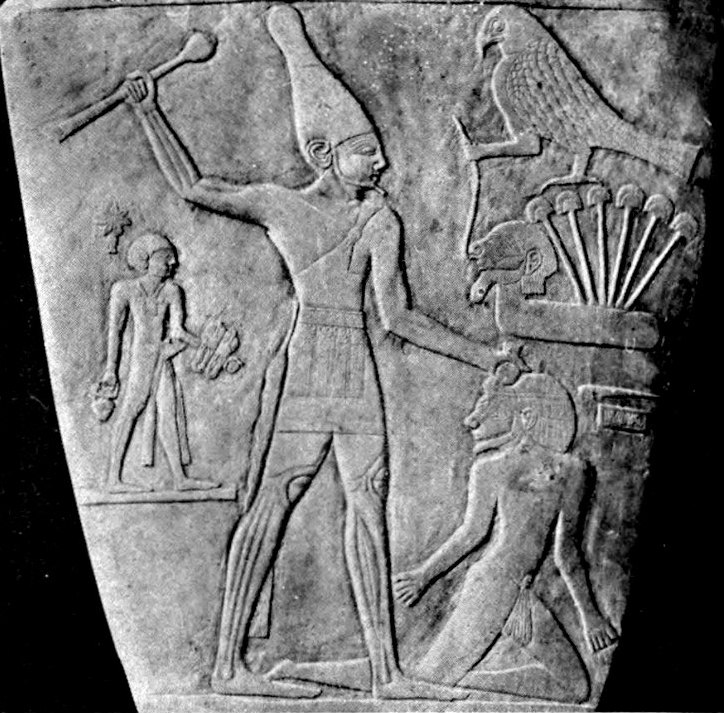
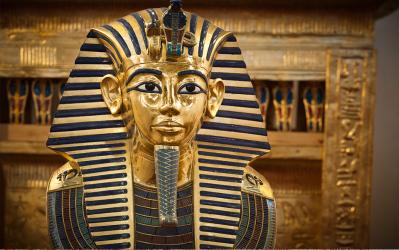
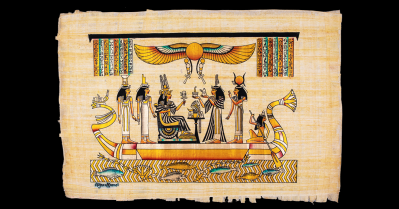
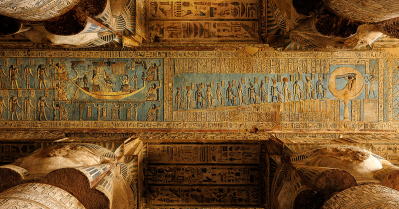
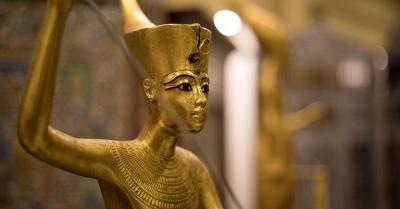
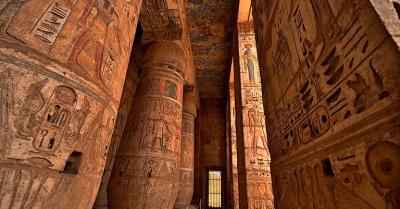
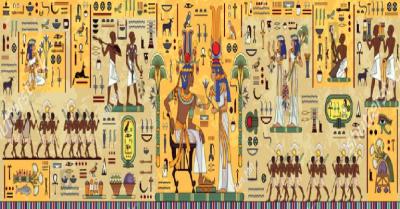
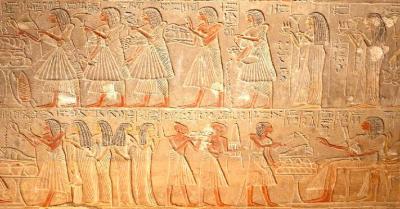
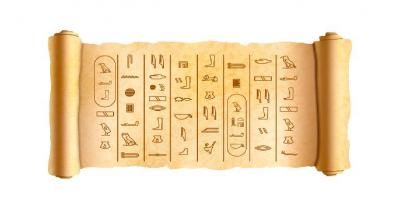

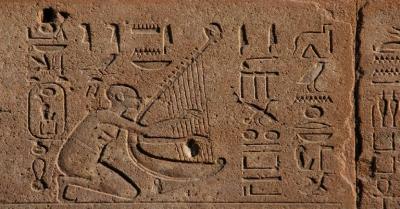

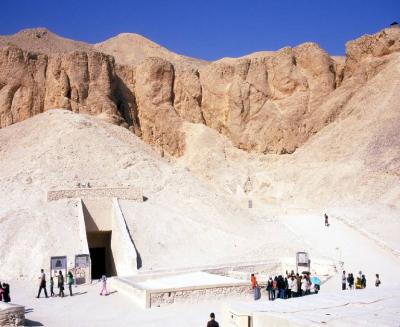
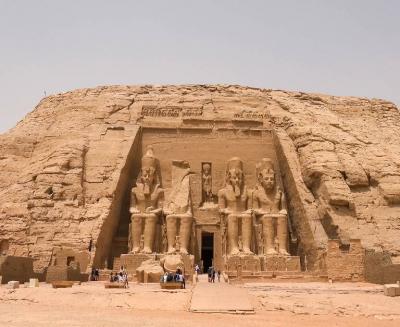
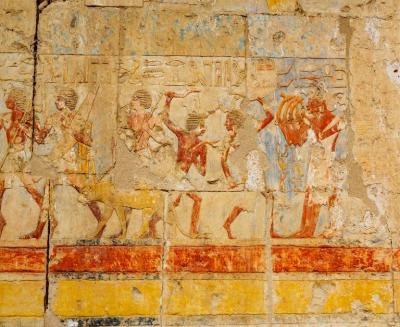
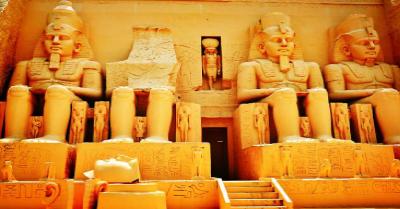
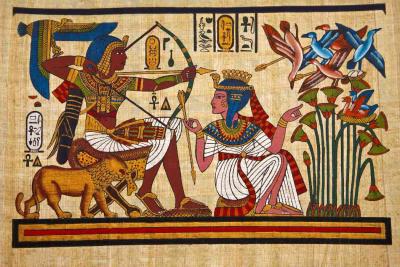
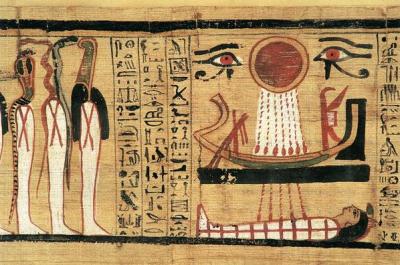
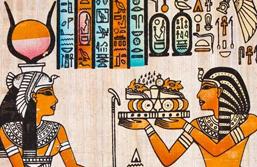
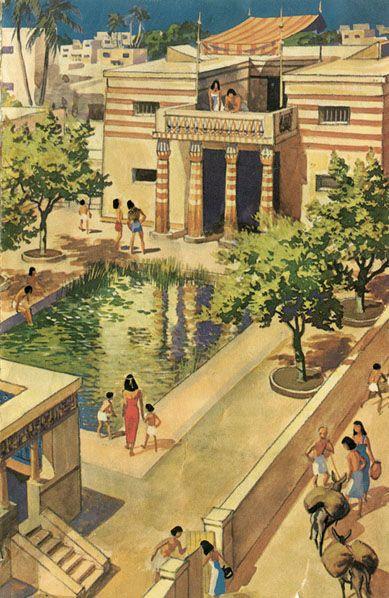
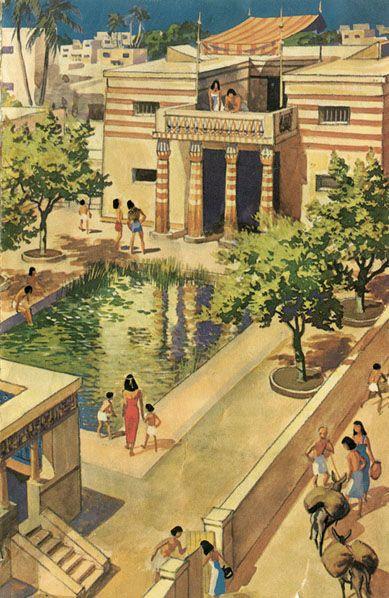
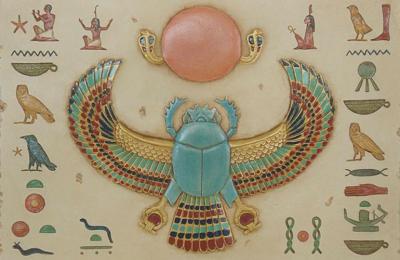
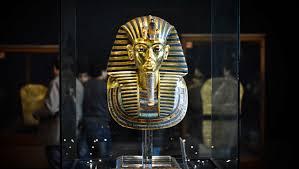
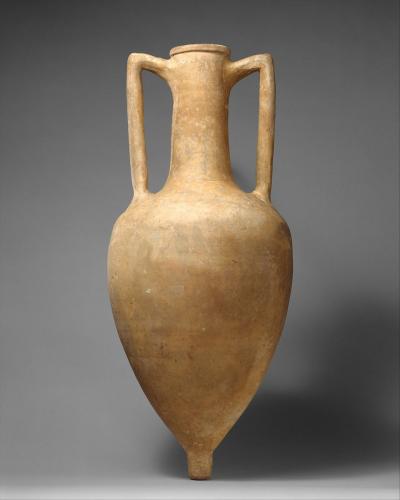
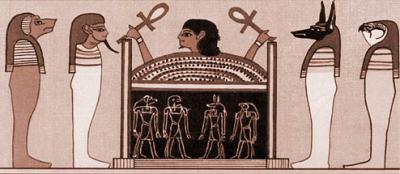
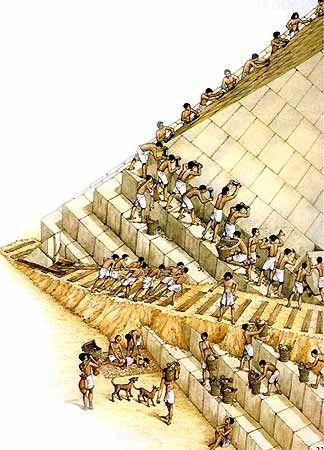

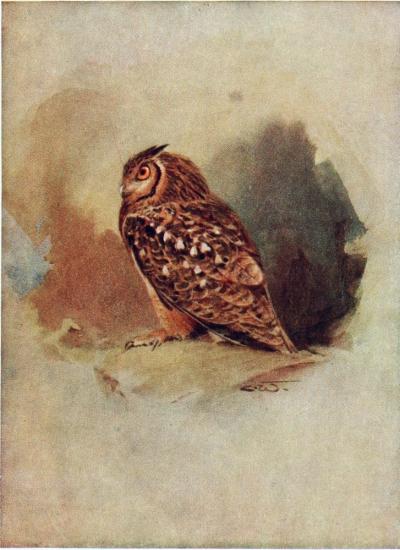
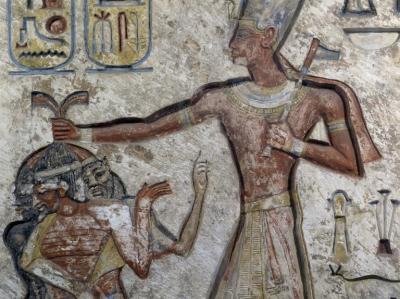
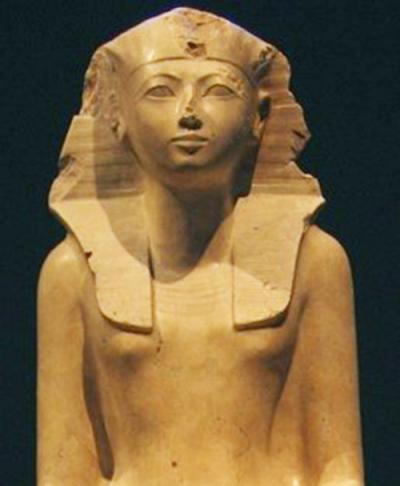




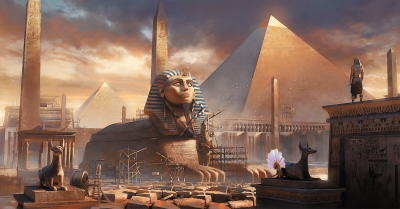



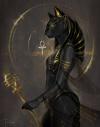




Comments